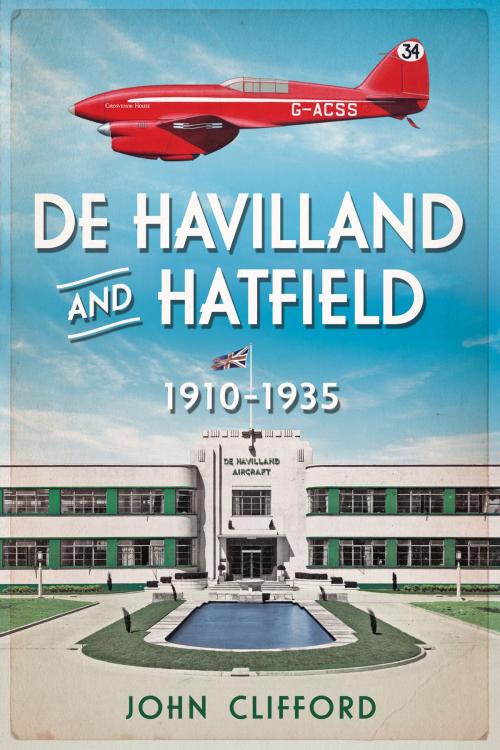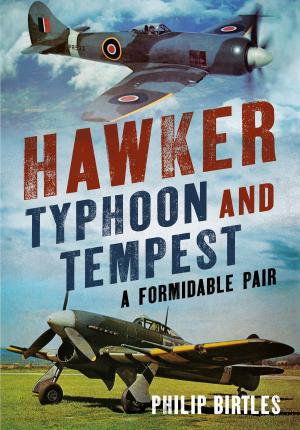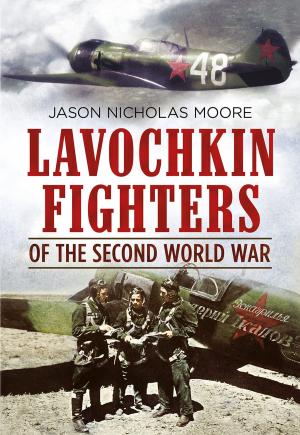De Havilland and Hatfield
1910-1935
Nonfiction, Reference & Language, Transportation, Aviation, Commercial, History| Author: | John Clifford | ISBN: | 1230001929232 |
| Publisher: | Fonthill Media | Publication: | September 23, 2017 |
| Imprint: | Language: | English |
| Author: | John Clifford |
| ISBN: | 1230001929232 |
| Publisher: | Fonthill Media |
| Publication: | September 23, 2017 |
| Imprint: | |
| Language: | English |
The de Havilland Aircraft Co, already an international business, opened an aerodrome in 1930 on farmland which it acquired to the west of Hatfield. But significant events had already brought aircraft over the town, often de Havillands, for the past twenty years.
The company’s School of Flying was the first operation to take up residence. Flying clubs moved in and recreational facilities were developed. Garden parties, aerobatic displays and national air races were hosted. Regular visitors included famous flyers, royalty and aristocracy, actors and actresses, racing drivers, politicians, senior military ranks and representatives from Britain’s other great aircraft manufacturers.
Throughout 1934, new buildings were constructed to house de Havilland’s global headquarters, factory production and Aeronautical Technical School. The victory of the sleek, red Comet in the England-Australia air race that October would have lasting significance for the town, which grew to accommodate the de Havilland workforce. The legendary Tiger Moth and iconic airliners such as the Dragon Rapide came off the production lines.
Increasing numbers of RAF pilots were trained by the School of Flying while the garden parties, flying displays and air races continued. Military aircraft contracts were getting larger as long shadows from Europe reached the town.
The de Havilland Aircraft Co, already an international business, opened an aerodrome in 1930 on farmland which it acquired to the west of Hatfield. But significant events had already brought aircraft over the town, often de Havillands, for the past twenty years.
The company’s School of Flying was the first operation to take up residence. Flying clubs moved in and recreational facilities were developed. Garden parties, aerobatic displays and national air races were hosted. Regular visitors included famous flyers, royalty and aristocracy, actors and actresses, racing drivers, politicians, senior military ranks and representatives from Britain’s other great aircraft manufacturers.
Throughout 1934, new buildings were constructed to house de Havilland’s global headquarters, factory production and Aeronautical Technical School. The victory of the sleek, red Comet in the England-Australia air race that October would have lasting significance for the town, which grew to accommodate the de Havilland workforce. The legendary Tiger Moth and iconic airliners such as the Dragon Rapide came off the production lines.
Increasing numbers of RAF pilots were trained by the School of Flying while the garden parties, flying displays and air races continued. Military aircraft contracts were getting larger as long shadows from Europe reached the town.















